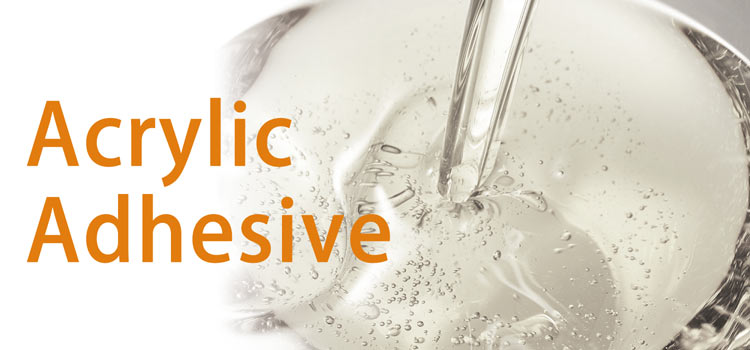Acrylic resin composition in acrylic pressure sensitive adhesive
Polycarbonate resins are characterized by impact resistance, transparency, lightness, and workability, and have been used in many applications. In particular, due to its transparency, polycarbonate resins have been used to replace the glass. However, polycarbonate resins are not sufficiently weatherproof, and their physical properties and appearance will be damaged due to decomposition and aging during long-term outdoor use. This is known to all. In addition, polycarbonate resin also has a lack of wear resistance, and surface damage and is easy to be etched by solvents and other shortcomings.

In recent years, due to the lightweight and safety of polycarbonate, there has been a trend for suitable plexiglass window glass, especially automobile window glass. Polycarbonate sheets used in such applications are required to have the same high weather resistance as glass
Also, as the front glass, it is necessary to prevent chafing when the wiper is working, and the side window glass is required to prevent chafing when the window is raised and lowered, which requires it to have a high level of friction resistance.
Furthermore, it can be assumed that the temperature of the roof of the automobile will become very high in the hot summer and therefore the polycarbonate forming material used as the roof glass will be required to have strong durability against environmental changes and high temperatures.
In order to improve these shortcomings, a variety of schemes have been proposed in the past about the preparation of thermosetting acrylic resin layer on the surface of polycarbonate substrate and then coating it with siloxane curing film to obtain the laminate with improved weather resistance, durability, and friction resistance.
On the other hand, for the purpose of improving wear resistance, a coating composition consisting of a partial condensation of twilight silane and colloidal silica has been proposed. In addition, a scheme has been proposed for the composition of paints using a partial condensation of alkyl tri alkoxy silane and tetra alkoxy silane as the main component. Furthermore, a scheme of adding colloidal silica composition for the coating to the condensation of alkyl tri alkoxy silane and tetra alkoxy silane has been proposed.
Although the composite of the cured coating obtained from the composition of these coatings on a polycarbonate substrate has to some extent excellent abrasion resistance, its durability under environmental changes and high temperatures is not sufficient.

Leave a Reply
Want to join the discussion?Feel free to contribute!